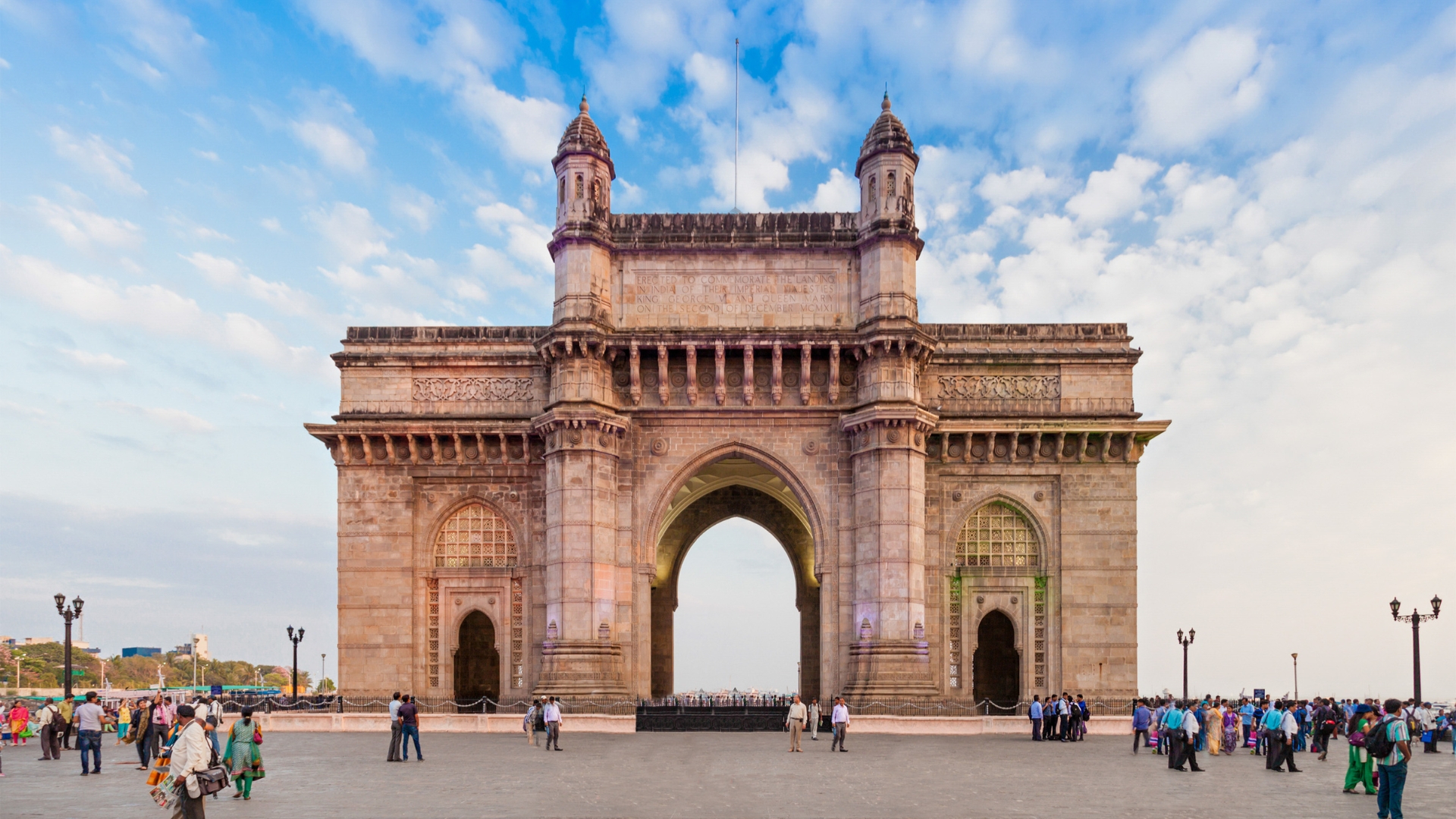Mumbai, formerly known as Bombay, is the capital of the state of Maharashtra and the most populous city in India. Mumbai is located on Salsette Island, off the west coast of Maharashtra.
Mumbai is located near the Western Ghats, which is a large mountain range running along the west coast of India. Much of the city lies at sea level and the highest point is in the Sanjay Gandhi National Park at an altitude of 450 metres. Due to its location in west-central India, Mumbai has a tropical climate with hot and humid weather all year round.
Transportation
How to get there:
- By Air: Chhatrapati Shivaji Maharaj International Airport (BOM) is the main airport serving Mumbai. You can book a flight from major cities in India or international locations.
- By Train: Mumbai is well-connected by rail. You can check for trains to Chhatrapati Shivaji Maharaj Terminus (CST), Mumbai Lokmanya Tilak, or other major railway stations.
- By Bus: Various state-run and private buses operate to Mumbai from nearby cities.
- By Car: If you're driving, Mumbai is accessible via several national highways. Just be prepared for traffic!
- By Boat: There are ferry services from coastal cities, though they are less common.
Ways to get around the city
- Local Trains: The Mumbai Suburban Railway is the primary form of public transportation, although it is probably best to avoid it during rush hour, when trains may be operating at up to 300 times capacity. The sleek, modern Mumbai Monorail is a good alternative, along with the Mumbai Metro subway.
- Buses: Public buses in Mumbai are run by B.E.S.T (Brihanmumbai Electric Supply and Transport Undertaking) and cover most of the city with over 390 routes, including accessible and air-conditioned services.
- Auto Rickshaws: These three-wheeled vehicles are great for short distances and are available in most areas. Make sure to use the meter or negotiate the fare beforehand.
- Taxis: Black-and-yellow taxis are common. They are metered and can be a convenient option for longer distances.
- Water Taxis: Though not as common, there are water taxis available for travel along the coastline and to nearby islands.
- Cars: Even though nearly 90 percent of Mumbai's citizens use public transportation, the traffic congestion is horrendous. If you prefer to travel by car just the same, it's recommended that you hire both a car and a driver to navigate the chaotic Mumbai traffic.
Best time to visit
With a tropical climate, Mumbai is a true year-round destination. The most popular times to visit are during the drier period of the year between November and May, with cooler temperatures between December and February. June to September is monsoon season, with peak rainfall averaging over 500 inches in July.
Gateway of India

An icon of British rule in India, this 20th-century monument is considered the "Gateway to India". It exudes British royalty, and is a great place to start your tour of the city. Views of the epic Taj Mahal Palace Hotel are unmissable, and ferries abound for trips further afield. The most popular day trip takes you to Elephanta Island, where you can explore caves hidden in the landscape, and temples with some of the most impressive carvings in the country.
Chhatrapati Shivaji Terminus

Still active as the central train terminal in Mumbai, this historic railway station has been a gothic masterpiece since its construction in the late 19th century. Over three million commuters travel through the impressive space on a daily basis, and tourists join the throngs to take in the architecture as well. Design elements from other local monuments are found mixed together on this building, a notable combination of eastern and western influence that repeats itself throughout the country.
Chhatrapati Shivaji Maharaj Vastu Sangrahalaya

Yet another glorious building in Mumbai houses the city's most renowned museum. The halls are filled with a mixture of different exhibitions that cover the diverse history of the country through precious artifacts. Near this epic museum are also the Wellington Fountain and the Knesset Eliyahoo Synagogue - two gorgeous sites highlighting the combination of cultures present in this cosmopolitan city. The nearby National Gallery of Modern Art completes the city's world-class art collection.
Mumbai High Court

In the style of Mumbai's greatest architectural landmarks, the Bombay High Court is yet another grandiose gothic highlight of the city. The imposing building welcomes visitors into its equally assertive interior, where you are welcome to explore to your heart's content. Tourists are even allowed to attend cases, offering unique insight into India's judiciary system. Near the Court lies another great sight in the Rajabai Clock Tower, a historic relic modeled after London's Big Ben.
Haji Ali Dargah

Off Mumbai's coast, this shrine floats mystically on a tiny island connected to the mainland only by a small causeway. Visitors can only visit a mosque and mausoleum when the tide is low, exposing the pathway. This makes reaching the gorgeous site all the more worth it, and on the island gorgeous and time-worn religious architecture awaits. Turn around for city views across the water, and appreciate the contrast between today and yesterday.
Suggested Itineraries

Win a Free Trip For Two in Vietnam
Subscribe and stand a chance to win two spots on a "Vietnam Golden Rice Fields Tour" in 10 Days
